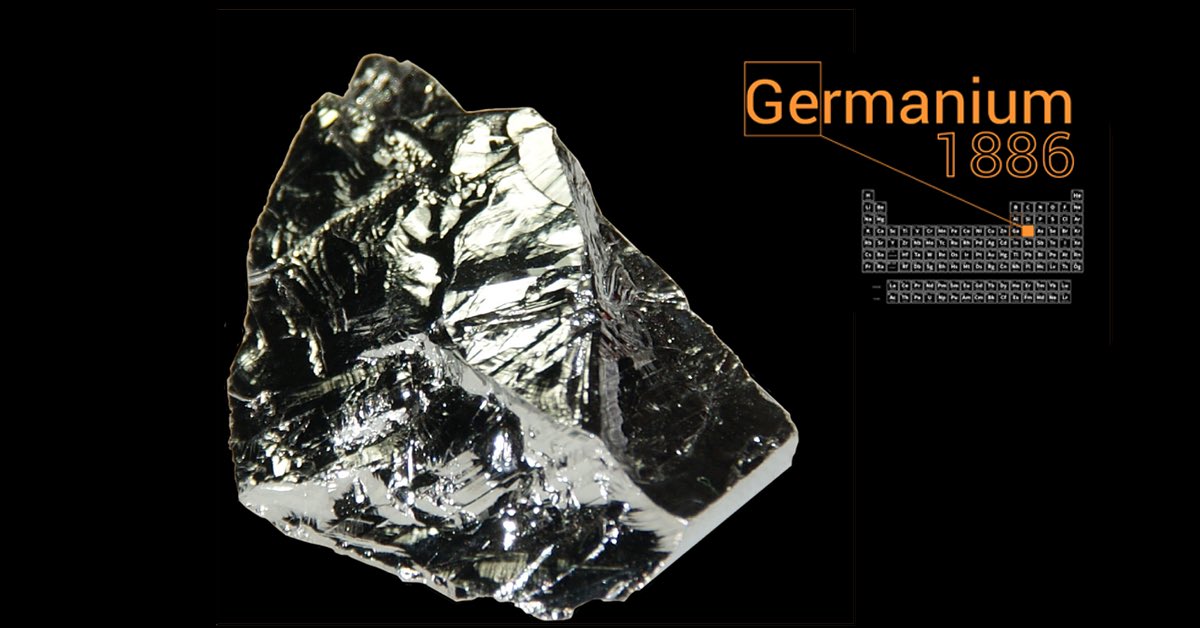
.#Germanium was discovered #OnThisDay 135 years ago!
Clemens Winkler came upon this chemical element in 1886 as he was analysing the composition of argyrodite, a rare mineral found at a silver mine in Germany.
Clemens Winkler came upon this chemical element in 1886 as he was analysing the composition of argyrodite, a rare mineral found at a silver mine in Germany.

He named his new discovery after the Latin word ‘Germania’, the namesake of Germany. Fifteen years before, Dmitri Mendeleev had predicted its existence based on the gap between silicon and tin, which he noted in his newly created Periodic Table of Elements.
Highly sensitive to ionizing radiation like gamma & #Xrays, Ge plays an imptt role in the IAEA. One of the tools our inspectors use to verify enrichment levels of uranium is a detector w/ Ge crystals. These, when cooled to -140°C, can detect gamma radiation released from uranium.
This is one part of how the IAEA works to assure the peaceful uses of #nuclear material.
• • •
Missing some Tweet in this thread? You can try to
force a refresh





